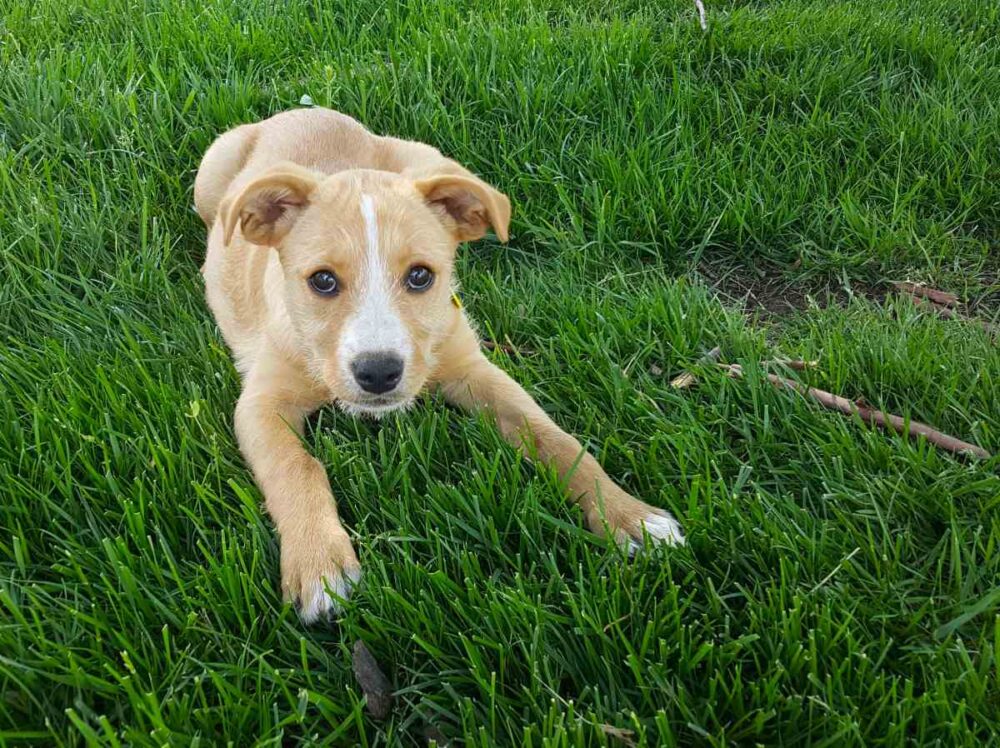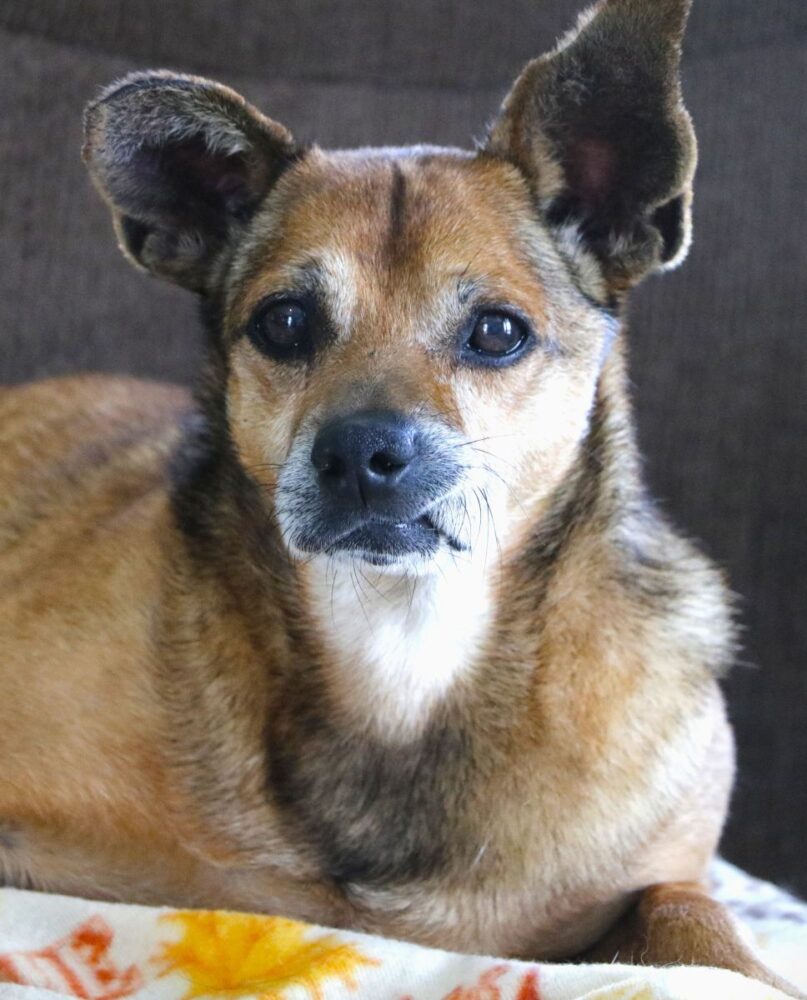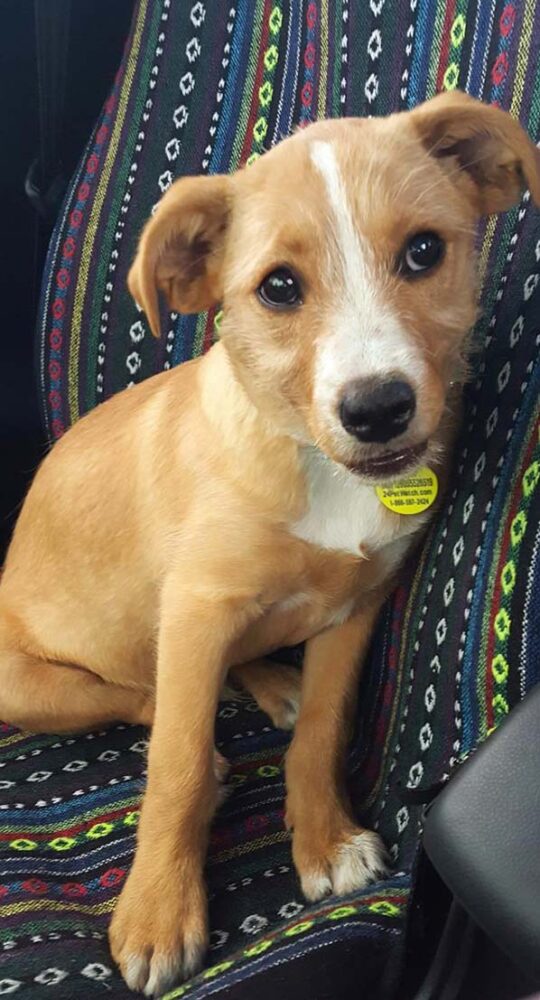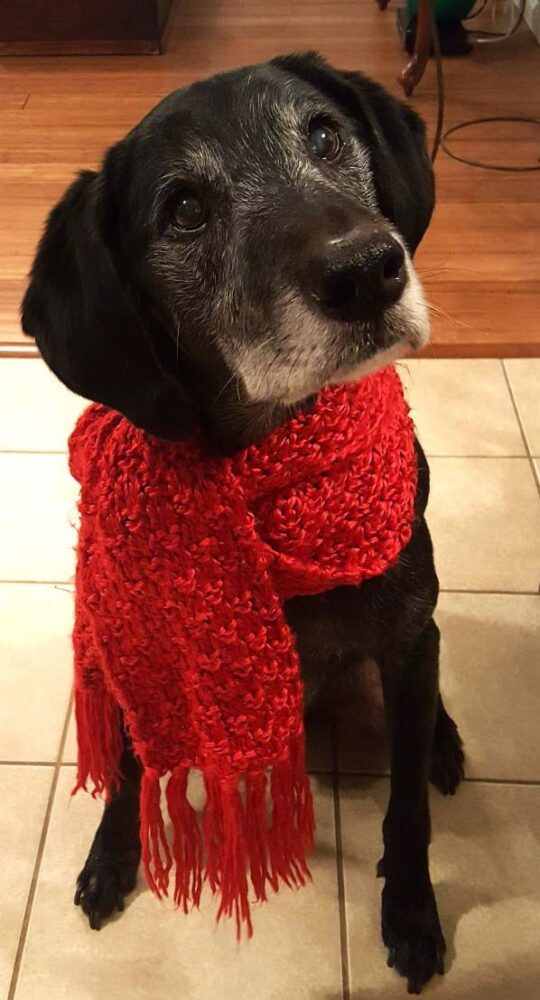“Any glimpse into the life of an animal quickens our own and makes it so much larger and better in every way.” John Muir
These glimpses into our animals’ lives often happen with a look — or look away; a tilt or turn of the head. Our beloved dogs are artists of this nuanced communication with their vocabulary of finely tuned gestures and expressions.

Our wordless, yet enlightening, conversations with dogs often start with the approximately 18 muscles responsible for moving their ears. [People have six]. Of the more than 100 facial expressions dogs can make, most involve their ear muscles. So much is said through what a dog’s ears do. With the slightest change of angle or position, they share their thoughts and feelings. Their ears start or finish many of the conversations we have with them.
Dogs also talk to us with their eyes. [Anyone knows who has adopted a dog, thanks to a single, well-placed look of love at the shelter]. The silent language of eye contact, gaze direction and pupil dilation convey their emotions and intentions, particularly in interactions with us. Two muscles around their eyes, the levator anguli oculi medialis (LAOM) and the retractor anguli oculi lateralis (RAOL) are frequently responsible for the expressions of thought and feeling dogs share. [Though I’m not a scientist, I believe these muscles are not only part of a dog’s eye anatomy, but their heart, too.]
During the past 33,000 years, domestication evolved wolves into dogs, altering their behavior and anatomy. Scientists have found the LAOM, the muscle responsible for raising the inner eyebrow resulting in ‘puppy dog’ eyes, is consistently present in dogs but not wolves. In fact, dog and wolf facial musculatures are similar in all ways except for the LAOM and RAOL muscles. This development of dogs’ facial muscle anatomy transformed their communication and connection with us.

As a photographer, I’ve seen this firsthand. Many of the photographs I take are for articles I also write about rescue animals. When I photograph animals in rescue care, I see a unique, yet collective, spectrum of expressions—magnified and intensified by the lens. These expressions often include vulnerability and uncertainty, fragility and despair, pain and fear. I also see hope and joy rebound with love, attention and play with staff, volunteers and future forever families. Over time, in a safe place, peace and trust return, depending on the dog’s history. Their eyes, ears, faces and bodies speak a happier language.

